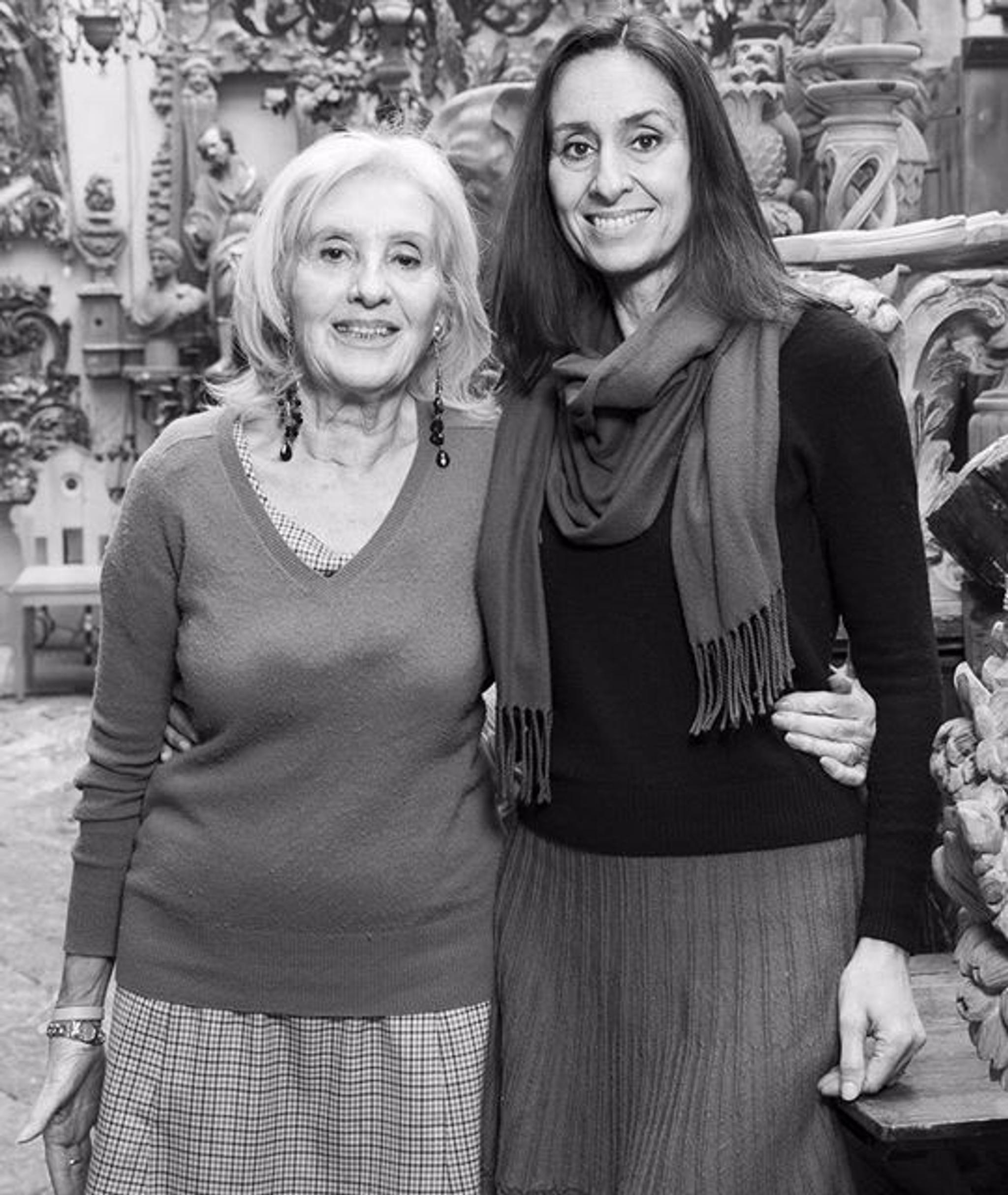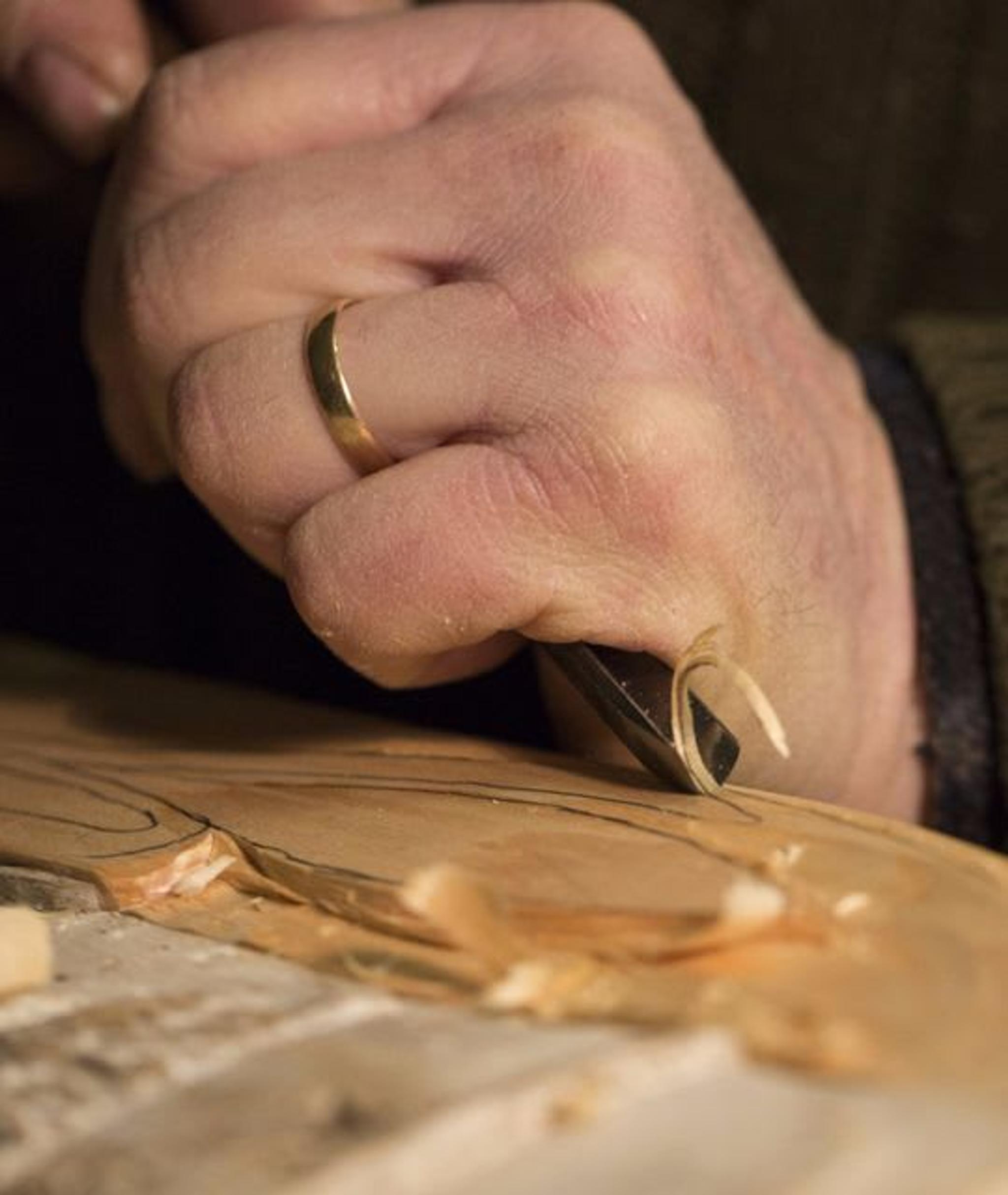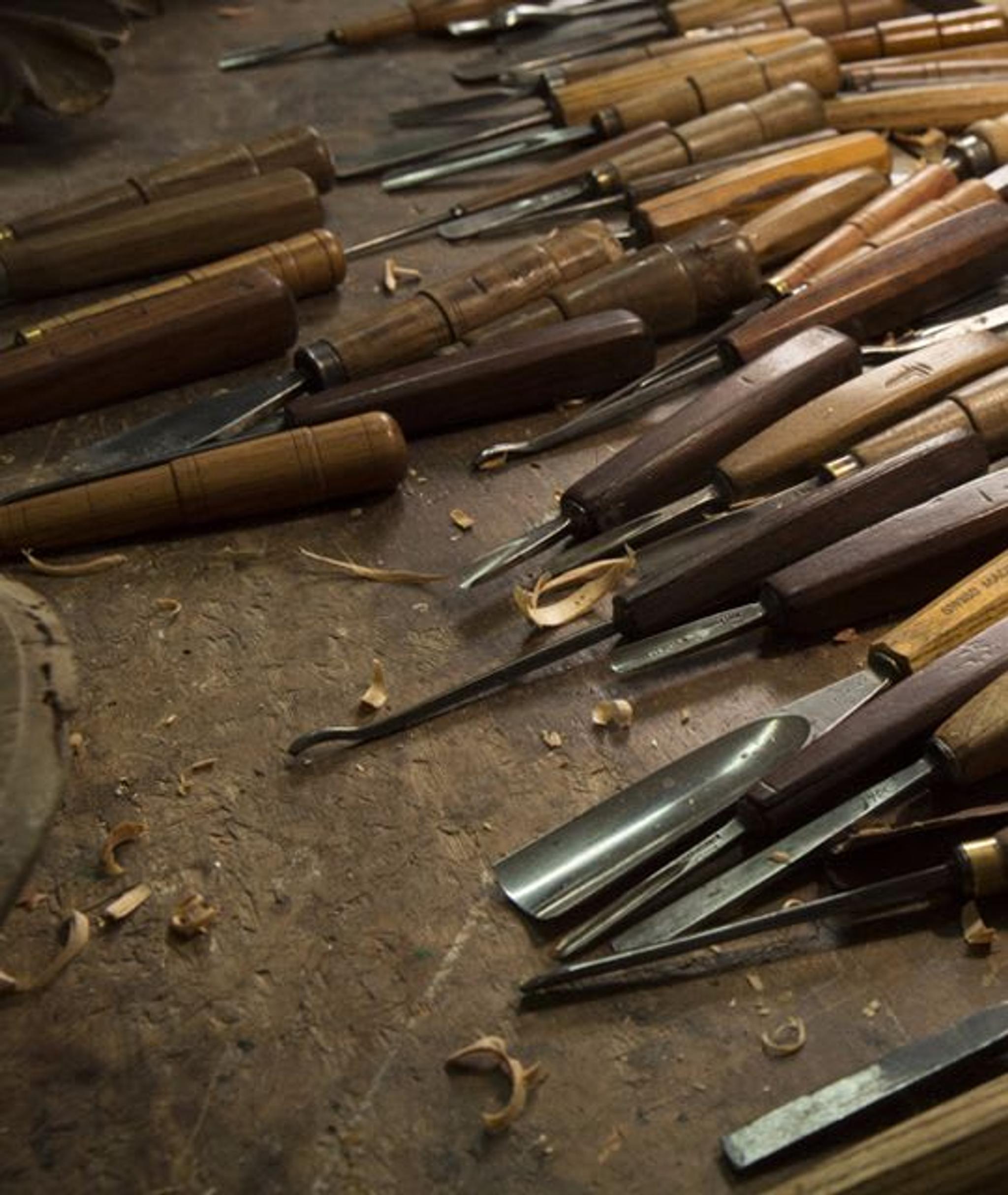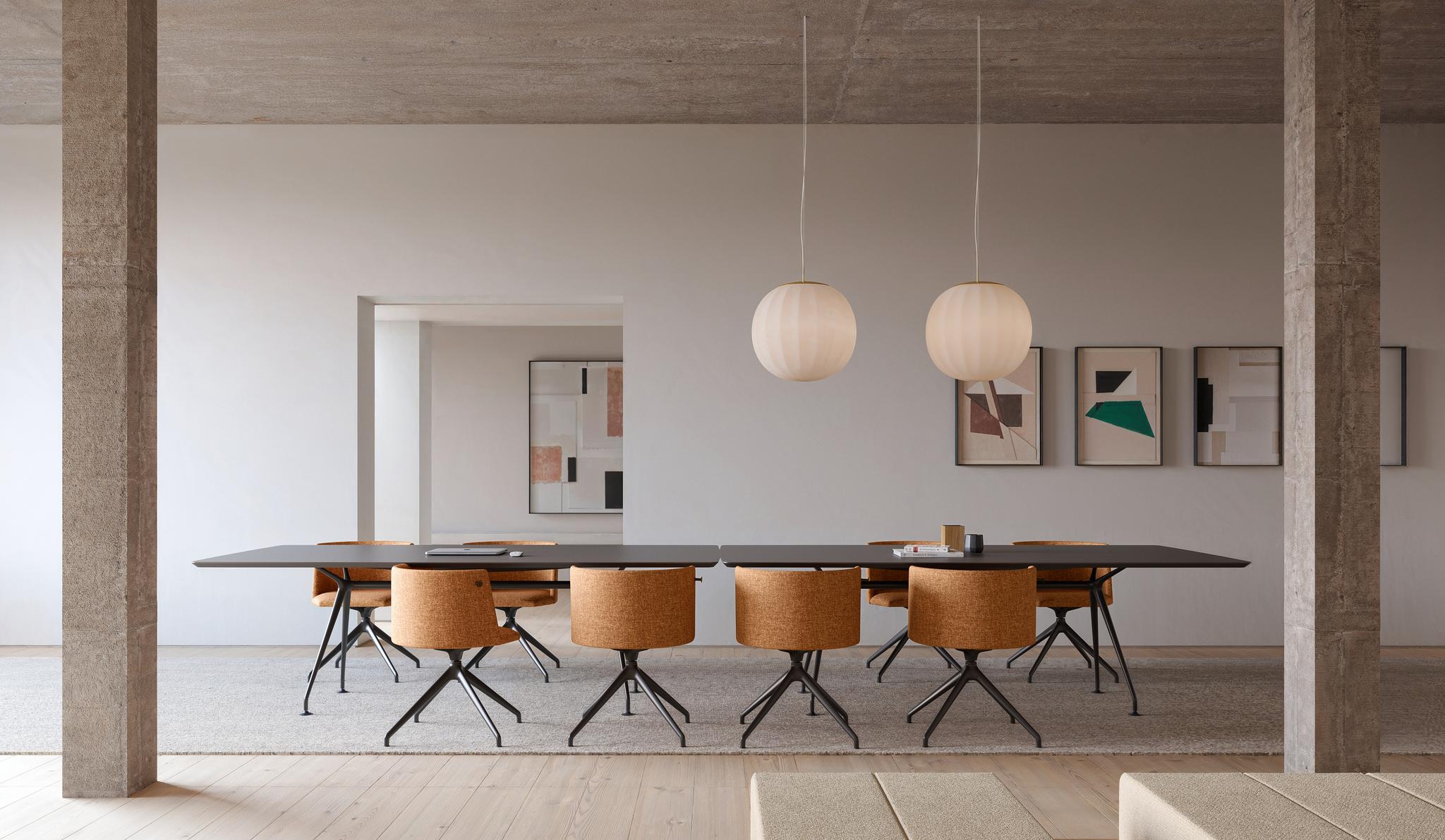
Bartolozzi e Maioli Bottega d'Arte
Elefante Il Magnifico Wood Sculpture
USD 24,420
Ships in 9-10 weeks

Read our interview to discover the fascinating history behind Bottega d'Arte Bartolozzi e Maioli, born in 1938 from the casual encounter of Fiorenzo Bartolozzi and Giuseppe Maioli. Their deep friendship and their artistic talent were the pillars of what has become a prestigious and globally renowned workshop specialized in wood-carving.


How did your business start? Tell us the story of your historic workshop.
Bottega d’Arte Bartolozzi e Maioli was born in 1938 from the casual encounter of Fiorenzo Bartolozzi from Florence and Guiseppe Maioli from Ravenna. A long-standing, deep friendship and unspoken artistic understanding developed between these two artists who started working together in increasingly prestigious professional endeavours.
This harmonious dynamic brought them success from their very first project: the complete renovation of the Choir and Sacristy of Montecassino, both of which were destroyed by air raids during World War II. Prominent commissions soon followed, not only in the art world, but also in political, cinema, and literary realms. Such commissions propelled them onto the international stage, first successfully working in the United States, then creating lavish interiors for the Emirates Palace and several government buildings in Abu Dhabi, and finally returning to Italy to work on the Quirinale Palace in Rome and Mediobanca in Milan. From the late 1990s onwards, Bottega took on the great task of restoring the two great halls in the Romanov Palace (Saint Andrew and Saint Alexander) and the Kremlin in Moscow: these rooms, destroyed by Stalin during the Revolution and Civil War, were returned to their original splendor over the course of a three-year, UNESCO-sponsored project.

Describe the various productions phases that go into making your products.
Two types of production coexist in our Bottega: the restoration of ancient artifacts and the creation of furniture and objects of home decor, both bespoke and from our own collections. The first phase in the production process is design and project visualization, followed by meticulous woodworking, and then the development of the finished product through hand-carving techniques that reveal a distinct human touch. The last phase is the application of the finish, either in color, gold leaf, or classic veneers. Our methods and materials are entirely natural and non-toxic.
What are the most prized woods that you have used in your pieces?
The most commonly used wood is undoubtedly Swiss Pine, also known as Pin d’Autriche, known for its soft yet durable nature. Notwithstanding, throughout Bottega’s long history, other ancient and prized woods have been showcased in our collections, namely Italian Walnut, Mahogany, Ebony (today a protected species), and Oak.

What is the most fascinating stage in the creation of such particular and elaborated objects?
All the production phases are incredibly interesting -from inception to creation of a finished product- as each phase is equally important and essential. Every phase is looked after with the utmost attention to detail in order to assure the finest quality product in all respects.
How does your land influence your work?
Rather than “influence”, we should discuss “heritage”: the culture, the aesthetic sensibility for beauty that is embedded in the walls of Florence, the historical and artistic traditions that permeate our city, as well as the heritage of the Renaissance have been, and remain today, part of our DNA. All of that is naturally reflected in our work, representing our values and Florentine culture.

Bartolozzi e Maioli Bottega d'Arte
USD 24,420
Ships in 9-10 weeks

Bartolozzi e Maioli Bottega d'Arte
USD 9,170
Ships in 9-10 weeks

Bartolozzi e Maioli Bottega d'Arte
USD 30,400
Ships in 9-10 weeks

Bartolozzi e Maioli Bottega d'Arte
USD 1,350
Ships in 9-10 weeks

Devon&Devon is a luxury design and manufacturing company specializing in bespoke interior solution…

Sitia is a furniture brand renowned for creating pieces meticulously designed to offer truly "huma…